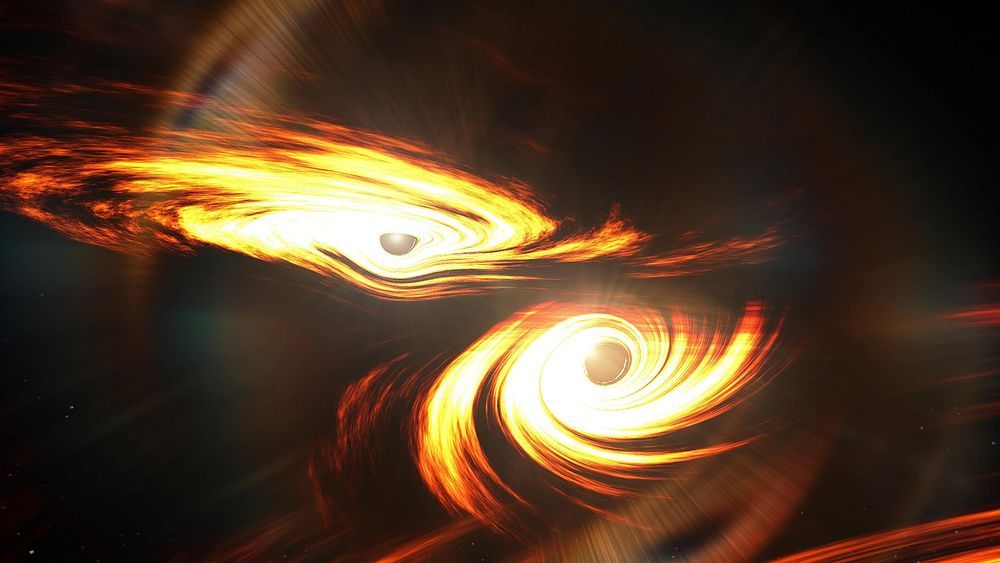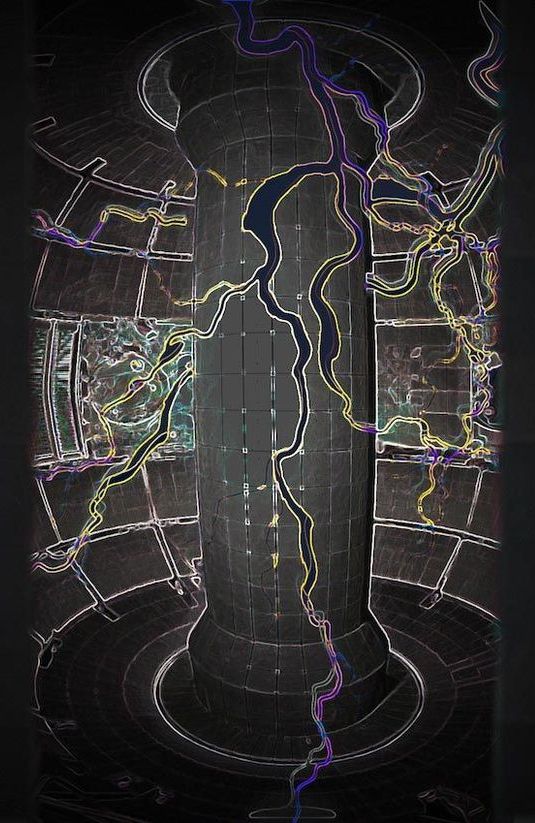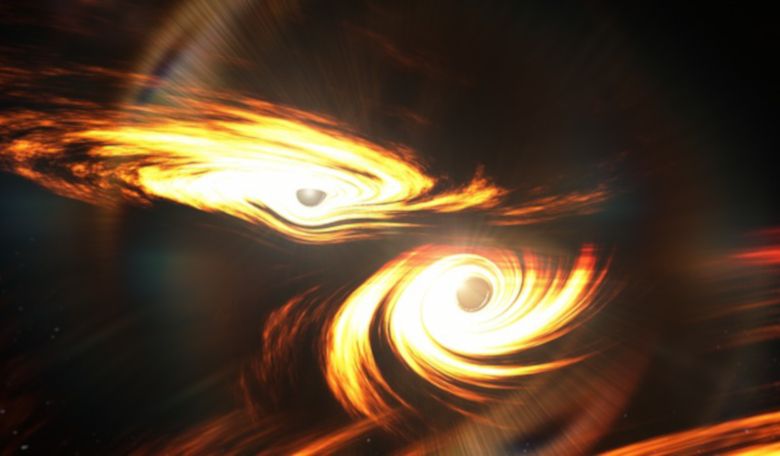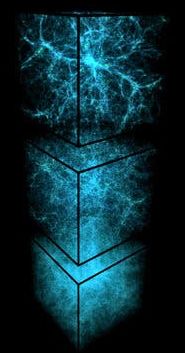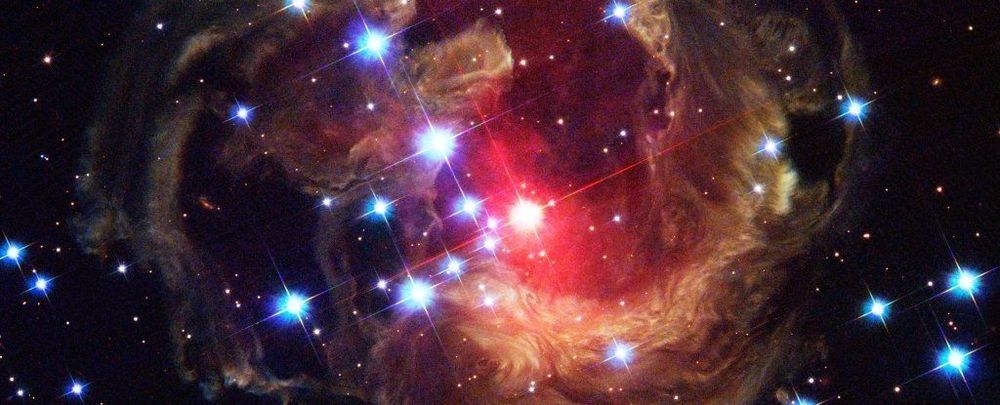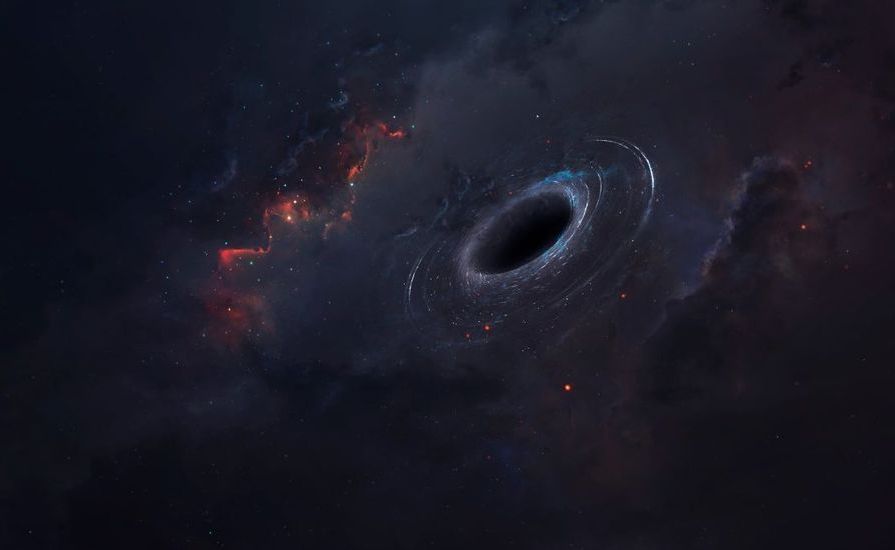The most massive black hole collision ever detected has been directly observed by the LIGO and VIRGO Scientific Collaboration, which includes scientists from The Australian National University (ANU).
The short gravitational wave signal, GW190521, captured by the LIGO and Virgo gravitational wave observatories in the United States and Europe on May 21 last year, came from two highly spinning, mammoth black holes weighing in at a massive 85 times and 66 times the mass of the Sun, respectively.
But that is not the only reason this system is very special. The larger of the two black holes is considered “impossible.” Astronomers predict that stars between 65 – 130 times the mass of the Sun undergo a process called pair instability, resulting in the star being blown apart, leaving nothing behind.
